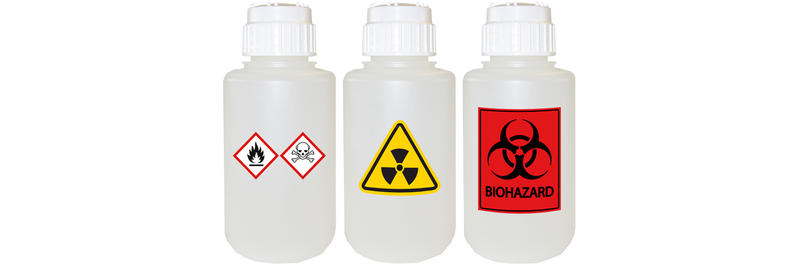Getting The Reclaim Waste To Work
Getting The Reclaim Waste To Work
Blog Article
The 25-Second Trick For Reclaim Waste
Table of ContentsThe 9-Minute Rule for Reclaim WasteThe Buzz on Reclaim WasteReclaim Waste for BeginnersIndicators on Reclaim Waste You Need To KnowThe Definitive Guide for Reclaim Waste
Check out the types, occurrences, and types of liquid waste. Domestic sewer waste describes the waste and products from a property sewage-disposal tank. This type of waste is produced by people in homes, colleges, and various other buildings. This only consists of septic systems that have a drainpipe area. The proper management and disposal of domestic sewage waste call for liquid waste to be moved to a sewer treatment plant where the proper techniques and equipment are put on purify and take care of waste.
Commercial waste usually consists of possible dangers, such as combustible materials or a blend of liquid and strong waste items, and calls for a much more innovative and detailed disposal procedure. The disposal of business waste normally includes the filtering of waste prior to transport to make sure safe and appropriate disposal. Industrial waste is developed from results and drainage of commercial processes and production.
This kind of waste can not make use of the very same sewer monitoring transportation or procedures as septic or business liquids. The hazardous waste monitoring process needs the examination and screening of liquid waste before it undertakes the disposal procedure (liquid waste disposal). Runoff waste is the fluid waste that comes from overflow and excess stormwater in extremely populated areas or cities
Runoff waste can cause contamination and flooding if not managed effectively. Making sure correct waste management can stop catastrophes and minimize ecological harm.
The 4-Minute Rule for Reclaim Waste
Get in touch with PROS Providers today to discover our waste management and disposal services and the proper methods to take care of the fluid waste you generate.
(https://businesslistingplus.com/profile/reclaimwaste1/)This supposed 'wastewater' is not just an essential source but, after therapy, will be launched to our land, waterways or the sea. Used water from bathrooms, showers, bathrooms, cooking area sinks, washings and commercial procedures is understood as wastewater.

water made use of to cool machinery or clean plant and equipment). Stormwater, a kind of wastewater, is overflow that streams from farming and city areas such as roofings, parks, yards, roadways, courses and seamless gutters into stormwater drains pipes, after rain. Stormwater streams without treatment directly to regional creeks or rivers, ultimately getting to the sea.
All about Reclaim Waste
In Queensland, the majority of wastewater is treated at sewage therapy plants. Wastewater is moved from domestic or commercial websites via a system of sewage systems and pump terminals, recognized as sewage reticulation, to a sewage therapy plant. City governments construct, preserve and run most sewage treatment plants. Operators are accredited under the Environmental Security Act 1994 to release cured wastewater at an appropriate environmental criterion right into waterways.
The Division of Natural Resources recommends city governments concerning managing, operating and maintaining sewerage systems and therapy plants. In unsewered locations, neighborhood governments may require owners to set up private or family sewer therapy systems to treat residential wastewater from toilets, kitchen areas, shower rooms and laundries. The Division of Natural Resources authorises the usage of home systems when they are verified to be effective.
In some new subdivisions, therapy of some stormwater to eliminate clutter, sand and gravel has actually begun making use of gross pollutant catches. Wastewater therapy happens in 4 phases: Eliminates solid issue.
Utilizes tiny living organisms recognizes as micro-organisms to break down and remove remaining liquified wastes and fine bits. Micro-organisms and wastes are incorporated in the sludge.
Fascination About Reclaim Waste
Nutrient elimination is not available at all sewage therapy plants since it calls for expensive specialised tools. Clear liquid effluent created after therapy may still contain disease-causing micro-organisms - liquid waste disposal melbourne.

Most wastewater streams into the sewerage system. Under the Act, neighborhood federal governments carry out approvals and licences for eco pertinent tasks (Periods) entailing wastewater launches that may have a neighborhood effect.
Our Reclaim Waste Statements
Or else, examples are taken for research laboratory analysis. Usually numerous examinations are required to establish the levels of each of the various contaminants such as oils, hefty steels and chemicals in water. Surveillance gives valid information regarding water high quality and can validate that permit problems are being satisfied. The details acquired via surveillance supplies the basis for making water quality decisions.
Report this page